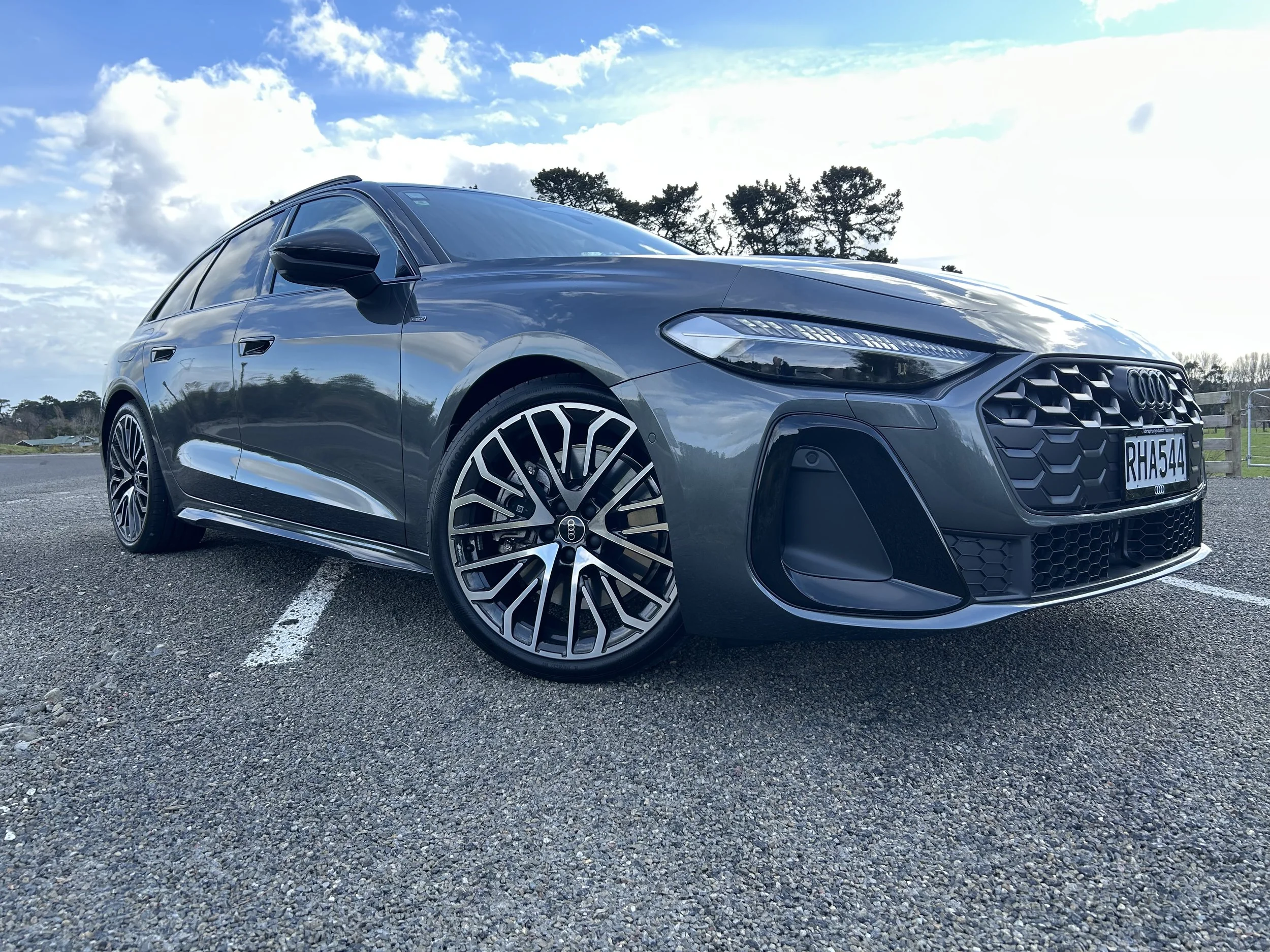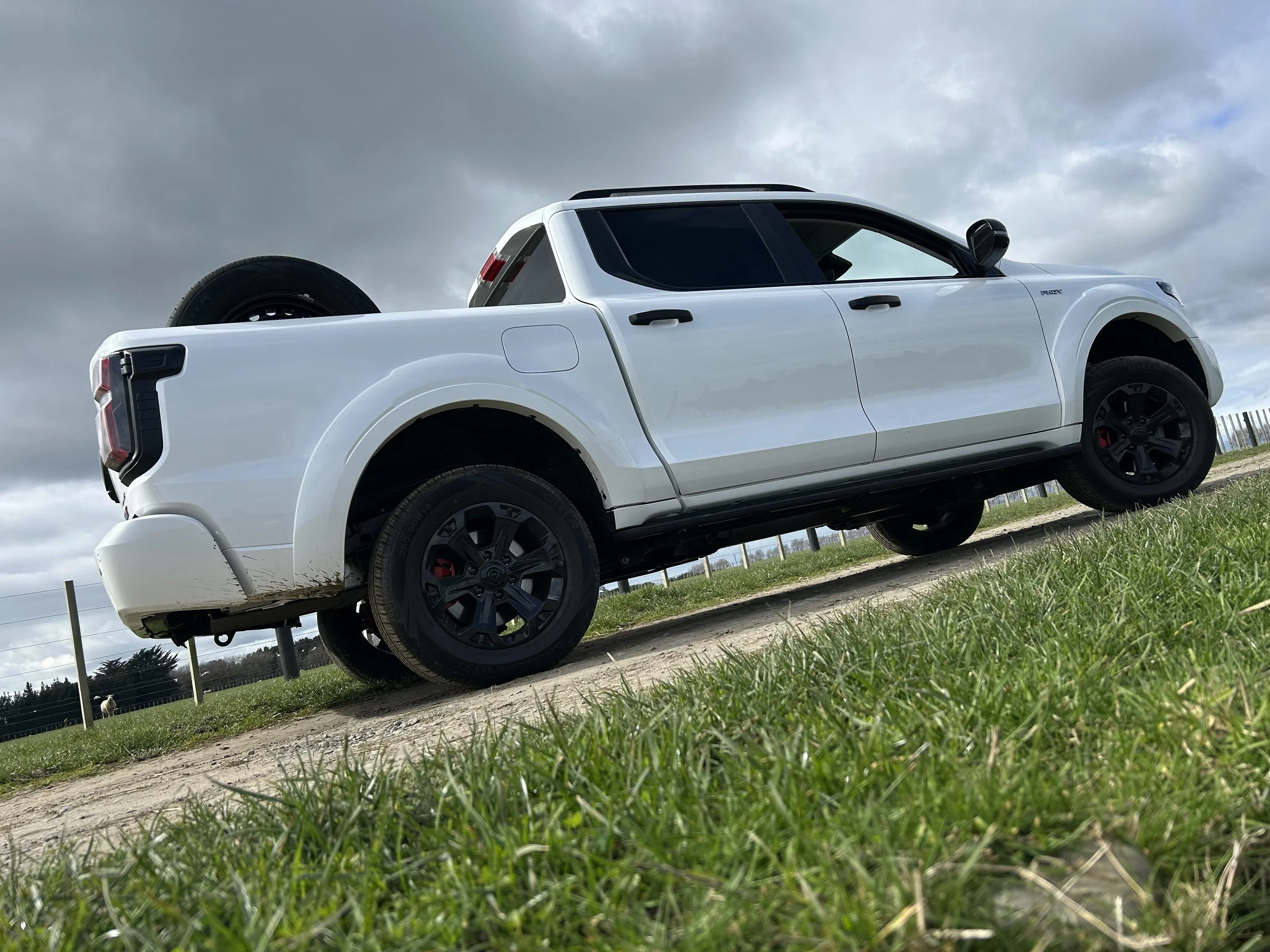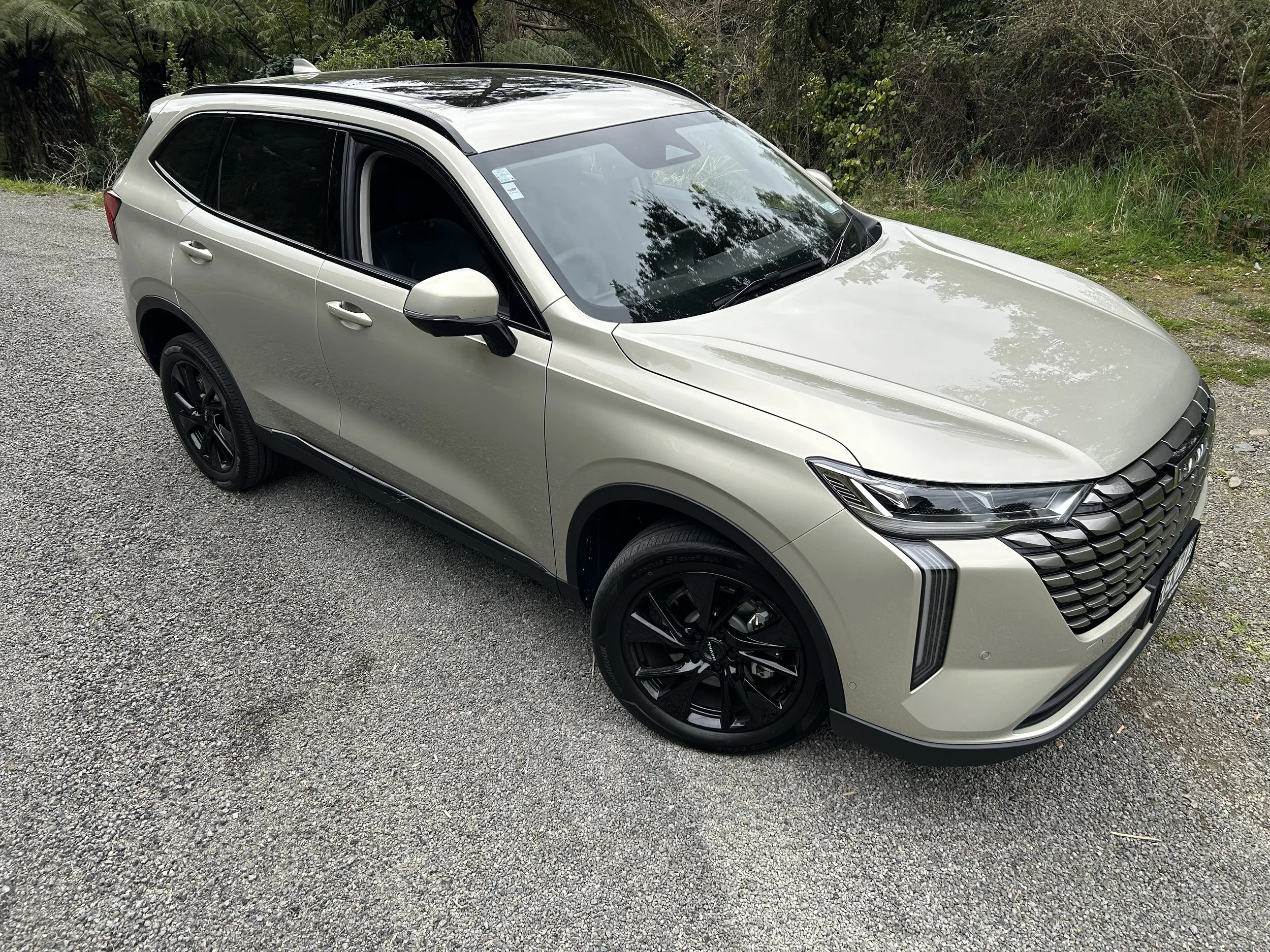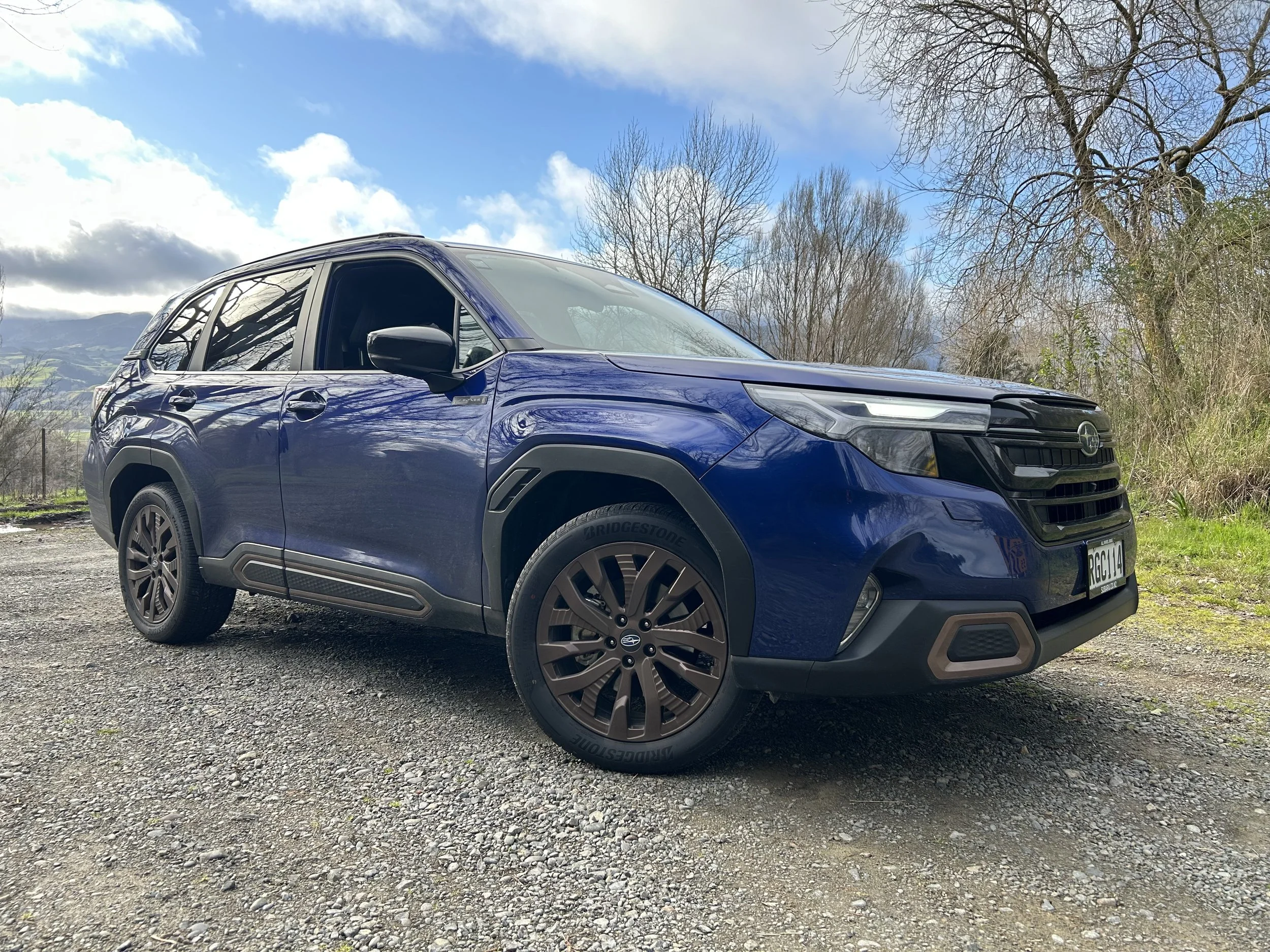X2 excitement already building in NZ
/BMW’s next ‘X’ model, a compact crossover sitting between the X1 and X3, has big potential in this country, the brand believes.
EVEN though its X models are fast reaching point of in-house sales domination, BMW New Zealand doesn’t expect ever becoming a sports utility brand that also happens to sell cars.
This comment comes from Tim Michaelson, the Auckland-based operation’s product and pricing manager, when offering comment about two forthcoming key new crossovers – the X2 that lands around March next year and the X7 expected to arrive in early 2019.
These models, plus the latest X3 that launches on November 11, will take the brand’s crossover count to an unprecedented level – there’s every possibility that, by 2020, the marque will offer more crossover-style models than road-bound cars.
The proliferation will appeal to market tastes – sports utilities began to outsell cars from early 2017 and few in the industry believe this trend will ever reverse.
For all that, and despite BMW data shared at an X3 media event briefing yesterday that shows BMW’s ‘sports activity vehicles’ are accounting for 47 percent of all the marque’s sales year to date, Michaelson believes BMW will never consider abdicating the traditional car lines – and neither will customers.
Asked what he imagined the sales split might be in 2020, when the X7 – a seven-seater Range Rover (and perhaps even Bentley Bentagya)-rivalling luxury model – will be fully established, he ventured that traditional cars would still be accounting for a decent slice of volume.
“I think for New Zealand we’re looking forward to around about 50:50 – the heart of the BMW ‘ultimate driving machine’ philosophy has always been with passenger cars against SUVs.
“I think (the SUV boom) reflects international trends … but manufacturers need to have a wide range of different offerings.
“Here in New Zealand SUVs are incredibly important but so are passenger cars.”
With the X3 now set to hit the showroom, in three versions – a 2.0-litre turbodiesel xDrive20d entry model, at $92,850, a 2.0-litre turbopetrol, the $99,850 185kW/350Nm xDrive30i, plus an all-new flagship, the $119,850 xDrive40i with a version of the 3.0-litre turbocharged six-cylinder petrol from the M140i, uprated to produce 265kW and 500Nm – Michaelson and his team are starting to prepare the ground for the X2, a junior pitch against the likes of the Audi Q2.
Michaelson says he is excited by X2’s potential; the compact crossover category is running particularly hot at the moment and BMW customers here have reacted positively since the new BMW was revealed officially just a week ago.
“The compact SUV sector is booming, not just in NZ but all around the world. With X2 we have the ability to offer a new solution and new alternative … something for those seeking something more stylish and design-focussed.”
He doubts X2 will rob sales from its X1 and X3 siblings or indeed even be bought in the main by existing BMW owners.
“I think it is more about growing the pie, increasing the brand’s appeal and generating more opportunities rather than cannibalising existing ones.
“It is built on an X1 platform but is a different interpretation … we see it being a conquest car, one bringing a new buyer to the brand and appealing to quite a broad range, from older people through to young professionals.
“I think that, just on the strength of how distinctive it looks, it will appeal not just to existing BMW buyers but people who might not have considered the brand before.
“X1 has had a similar effect. The buyer mix has been about 50-50 (existing BMW owners and newcomers). It’s been really successful for us.”
BMW NZ is still mulling final engine choices, driveline and trim options for X2, Michaelson said, but it is possible that the line here will sidestep diesel – because that engine type just no longer cuts much interest in the small crossover sector – and could include a two-wheel-drive option, though there is thought most will have all-wheel-drive.
That comment fuels thought that the brand might start with the front-drive X2 sDrive20i, which teams a 141kW/280Nm 2.0-litre turbocharged four-cylinder engine to a seven-speed dual-clutch automatic transmission.
“At this stage we haven’t confirmed the engine lineup or the drivetrain mix, but definitely there is a shift toward petrol and I think it is looking like petrol will form a large part of X2.
“And at this part of the market there is scope for all-wheel-drive and two-wheel-drive. It is definitely likely there will be options for both.”
The X2 production format stays true to the styling first aired on a concept vehicle at the 2016 Paris motor show. Despite sharing the same wheelbase length as the X1, the X2 is shorter, meaning smaller overhangs, while also standing 70mm lower.
Styling delivers some signatures: For instance, the kidney grille is wider at the bottom than the top and the car has a BMW logo on the C-pillar as a nod to racing models of yesteryear.
Three different trim levels are available – basic, M Sport and a newly-created M Sport X. The latter two variants have M Sport suspension, which lowers ride height and increases spring and damper firmness. Dynamic damper control is available as an option. Wheel sizes range from 17-inches on the basic trim up to optional 20-inch rims on the M Sport X.
X2 gets BMW’s latest iDrive 6 multimedia interface, which is projected onto a 6.5-inch display that can be upgraded to an 8.8-inch touchscreen. A colour head-up display is also available as an option.
Luggage capacity measures 470 litres with the rear seats up, which expands to 1355L when folded. The X2's capacity is down 35L and 195L respectively on the X1.
Assistance systems include lane departure warning, speed limit info anti-dazzle high-beam assistant, collision warning and pedestrian warning with city braking function.
Upgrading to the Driving Assistant Plus package adds active cruise control and traffic jam assistant.

















